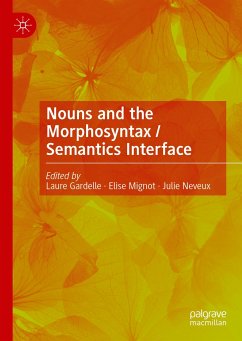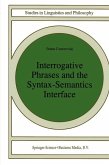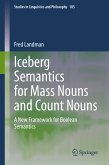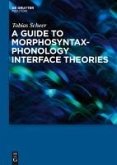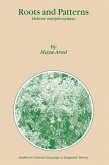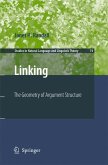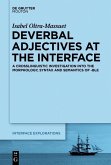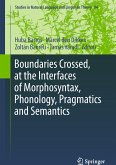¿Laure Gardelle is Professor of English Linguistics and Dean of the doctoral school of languages and literature (ED LLSH) at Grenoble Alpes University, France, and Chair of the French society for English linguistics (ALAES). Her research interests include the morphosyntax/semantics interface in the grammatical categories of gender and number, especially the tension between transparency and the opacification caused by language-internal parameters (such as grammaticisation or morphological attraction).
Elise Mignot is Professor of English Linguistics and Head of the research centre CELISO (Centre de Linguistique en Sorbonne) at Sorbonne University, France. Her research focuses on the morpho-syntax /semantics interface in processes of noun-formation, studied in relation with the cognitive operation of categorization.
Julie Neveux is a Senior lecturer in English Linguistics at Sorbonne University, France, and chair of the French association of English stylistics (SSA). Initially trained in philosophy, she develops a phenomenological approach of language, semantics and style, defining style as a phenomenon whose effects rely on the perceptibility, in discourse, of the speaker's motivation (embodied cognition).
Dieser Download kann aus rechtlichen Gründen nur mit Rechnungsadresse in A, B, BG, CY, CZ, D, DK, EW, E, FIN, F, GR, HR, H, IRL, I, LT, L, LR, M, NL, PL, P, R, S, SLO, SK ausgeliefert werden.

